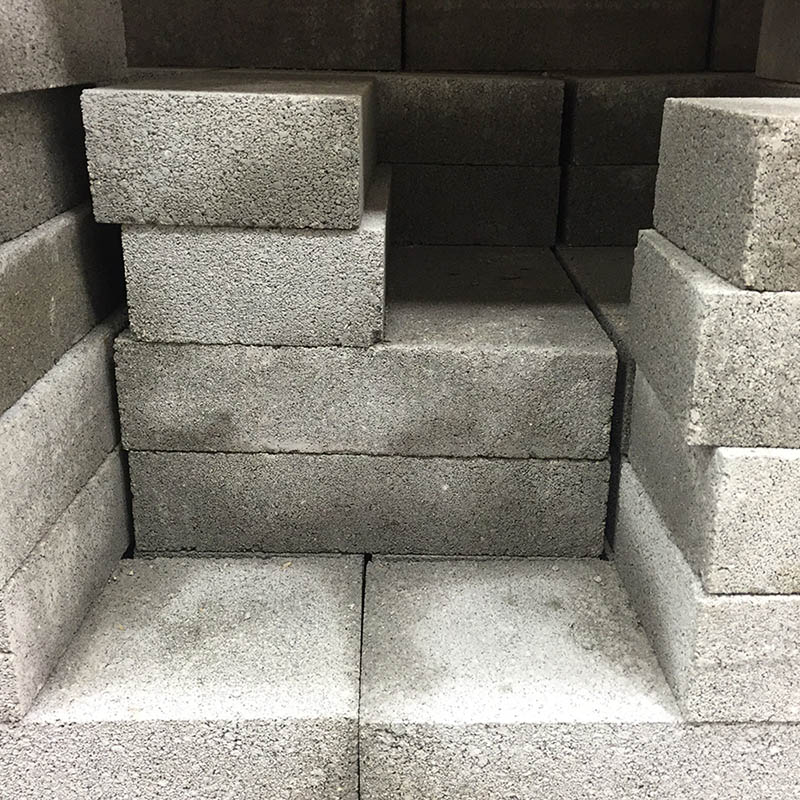
By: Ivy D.
Year: 2023
School: Warner Middle
Grade: 8
Science Teacher: Travis Garwick
In today’s world, environmental concerns are at the forefront of global discussions. Young minds like Ivy are taking it upon themselves to address these issues head-on with innovative STEM projects. Ivy, a bright and enthusiastic student, conducted a fascinating experiment to determine the potential of recycling common human pollution materials, such as aluminum cans, glass bottles, and plastic bottles, into sustainable building materials. Her project aimed to explore whether these materials could positively affect bricks when mixed with cement.
Ivy designed a comprehensive experiment with four different tests, each with three trials, to assess the impact of adding recycled materials to cement bricks. The four tests included:
- Absorption Test: This test involved measuring how much weight the bricks gained from water absorption. Ivy hypothesized that PET plastic would absorb the most water, while glass would absorb the least due to its thickness.
- Heat Retention Test: Ivy aimed to determine how well the bricks retained heat. She hypothesized that glass would retain heat the longest, while PET plastic would lose heat quickly due to its tendency to melt.
- Compression Test: Using a hydraulic press, Ivy tested the bricks’ ability to withstand pressure. She expected aluminum to withstand the most pressure, given its flexibility, while PET plastic would be the least resilient.
- Efflorescence Test: Ivy dunked the bricks in water for 24 hours to observe the amount of salts on the surface. Her hypothesis was that all materials would have the same amount of efflorescence because they all had the same cement base.
Ivy’s experiments yielded some intriguing results that challenged her initial hypotheses:
- Heat Retention Test: Glass bricks retained heat the longest, taking approximately 250 minutes to cool down to room temperature. In contrast, plastic bricks took 200 minutes, and the control bricks took 220 minutes.
- Compression Test: Surprisingly, plastic bricks could handle the most pressure, with an average of about 18,666 pounds, while glass bricks had the lowest compressive strength, averaging about 10,666 pounds. The control bricks could withstand an average of about 37,000 pounds.
- Absorption Test: Aluminum bricks absorbed the most water, averaging about 0.27 kilograms of water. Plastic bricks absorbed the least, with an average of about 0.23 kilograms of water. The control bricks absorbed an average of about 0.03 kilograms of water.
- Efflorescence Test: No visible salts were observed on the surface of the bricks, leading Ivy to conclude that the different materials used in the experiment might have contributed to this outcome.
As we face ongoing environmental challenges, young scientists like Ivy give us hope for a more sustainable future. Her project encourages us to think creatively and explore new ways to reduce pollution and promote sustainability in construction. Ivy’s dedication and innovative thinking are a testament to the power of STEM education in shaping a brighter, greener world.
